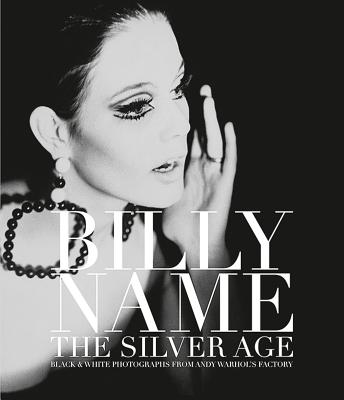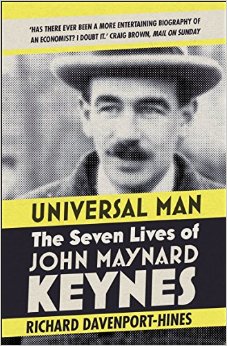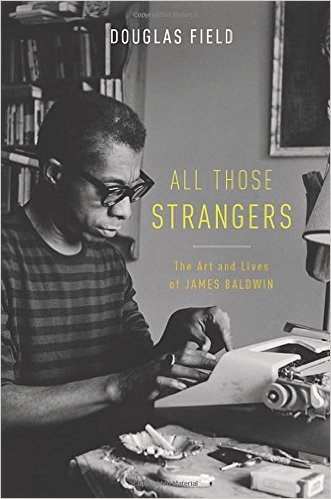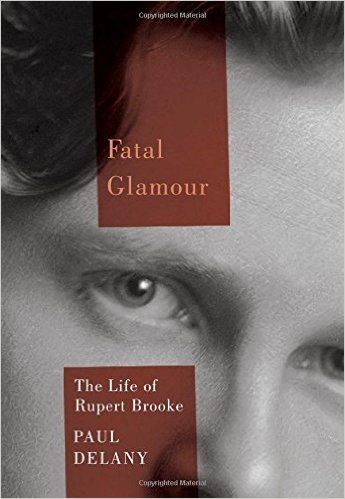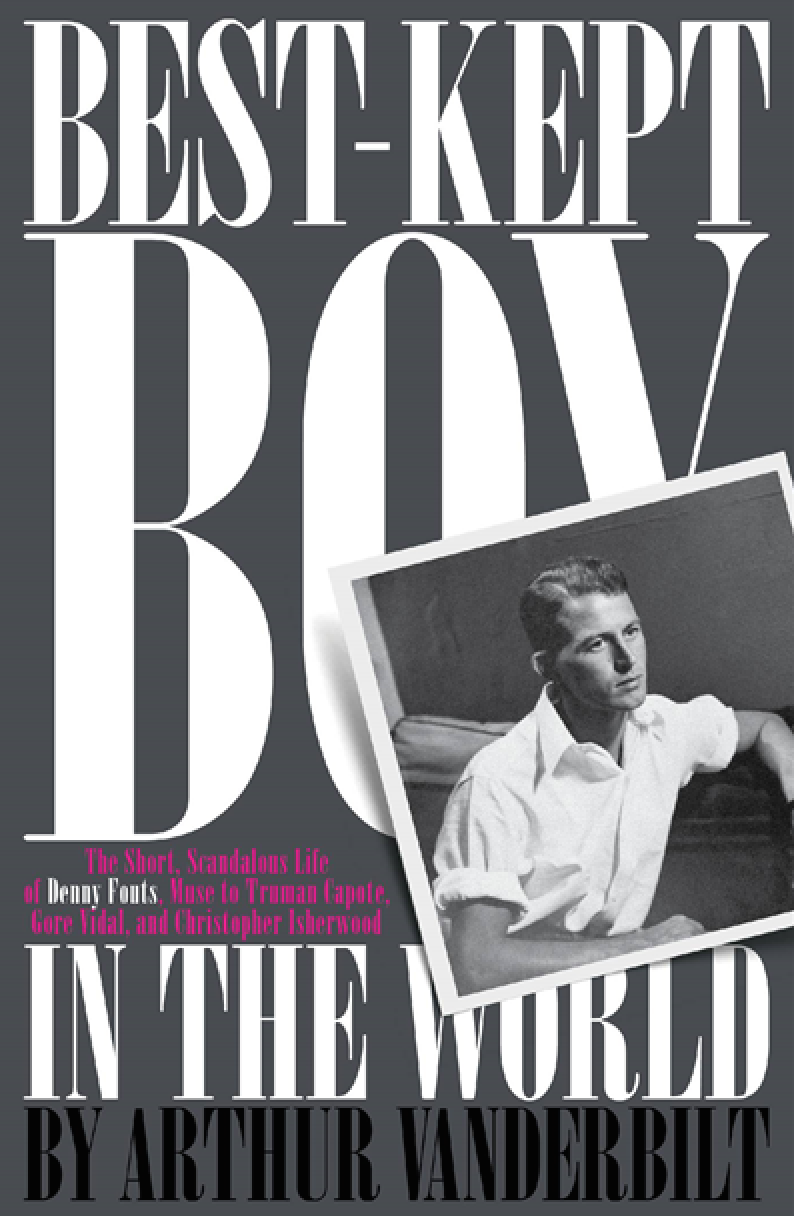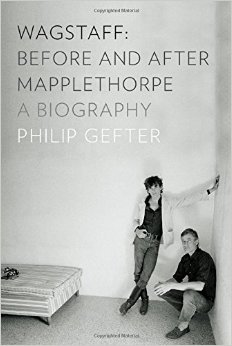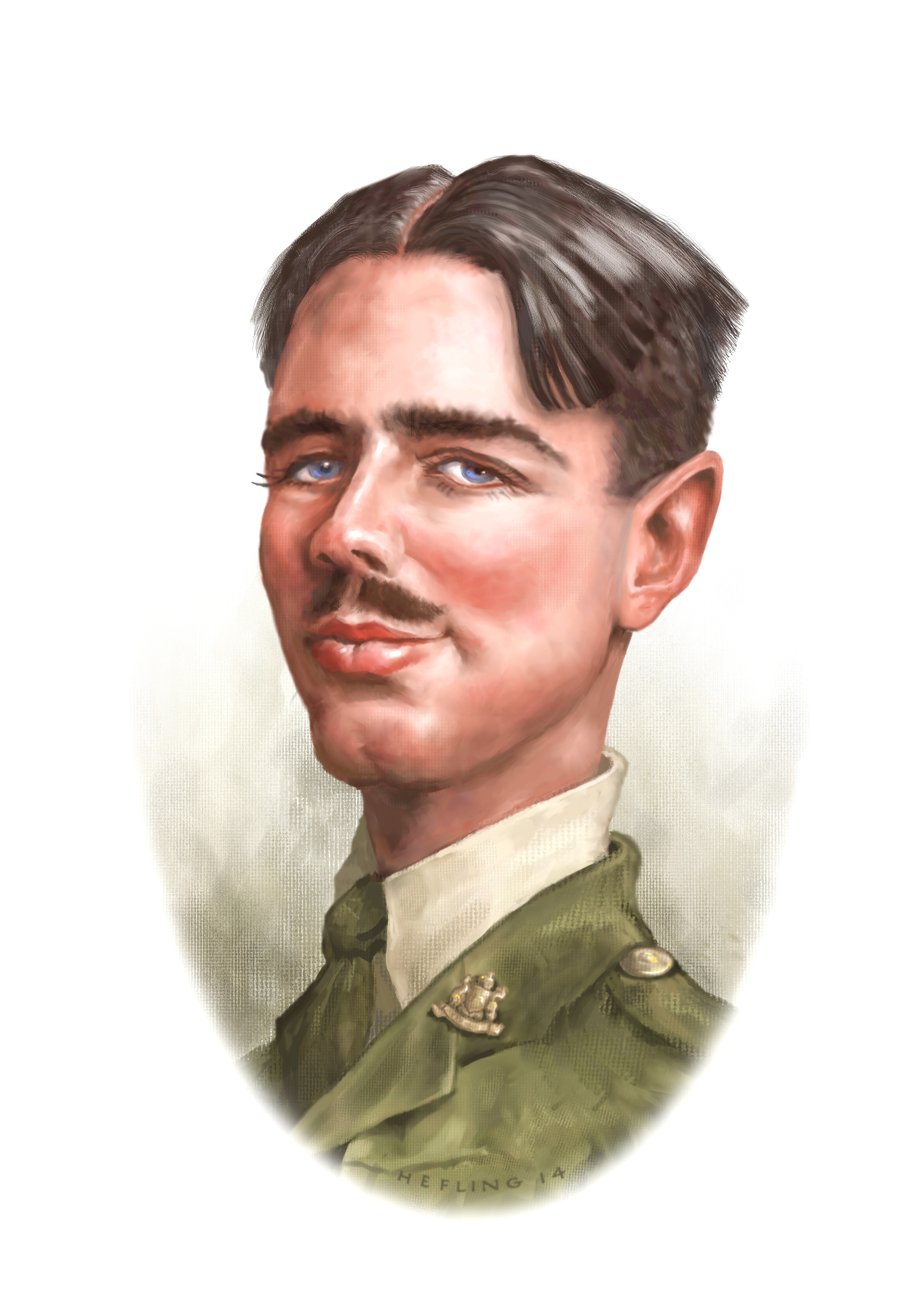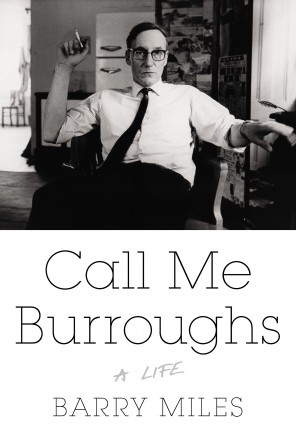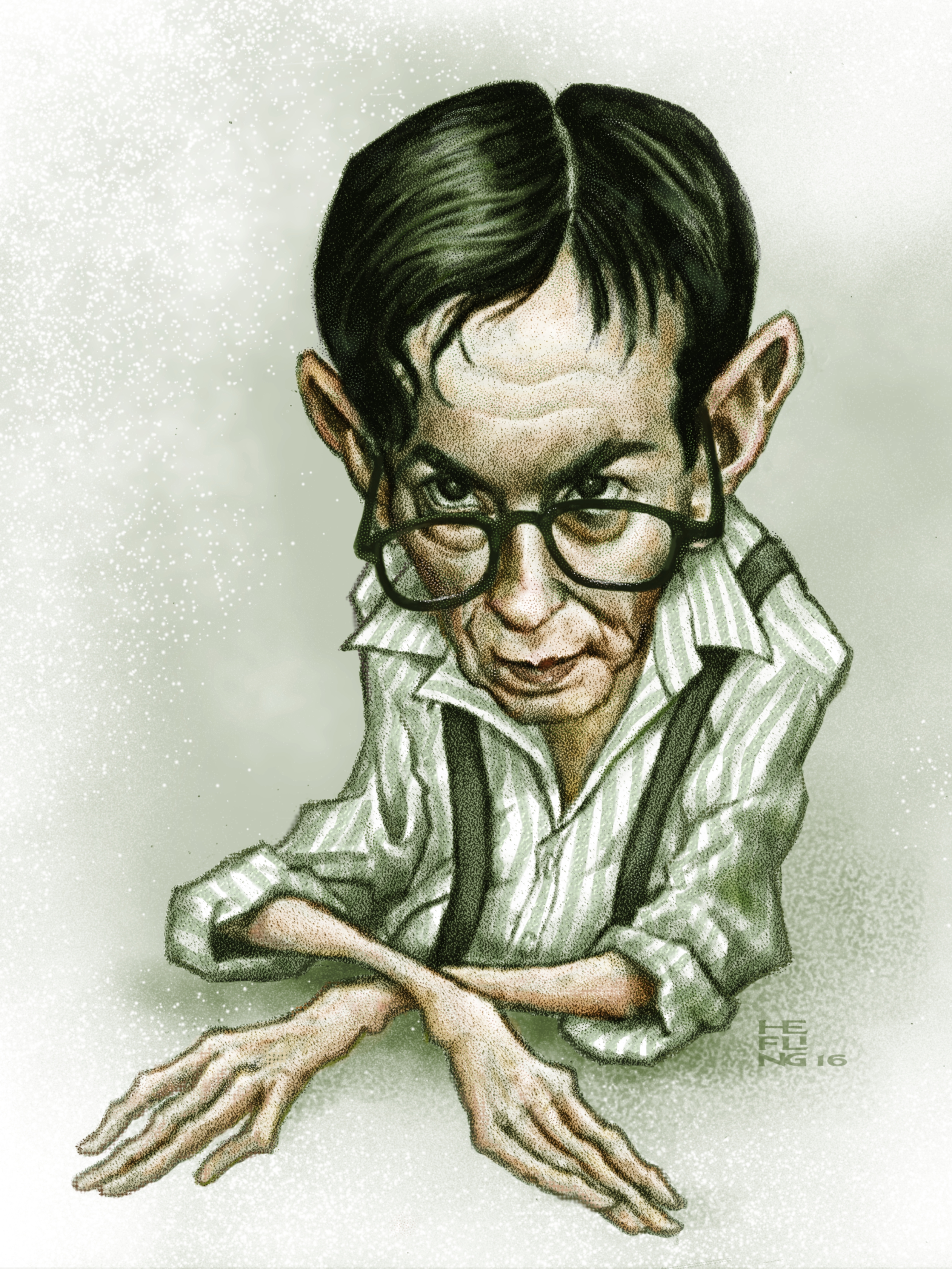
Lewd
THINGS I WAS surprised to learn in William E. Jones’ biography of the legendary pornographer … Boyd McDonald: first, that he got the idea for his magazine Straight to Hell after reading a passage in Myra Breckinridge lambasting circumcision; second …
More

